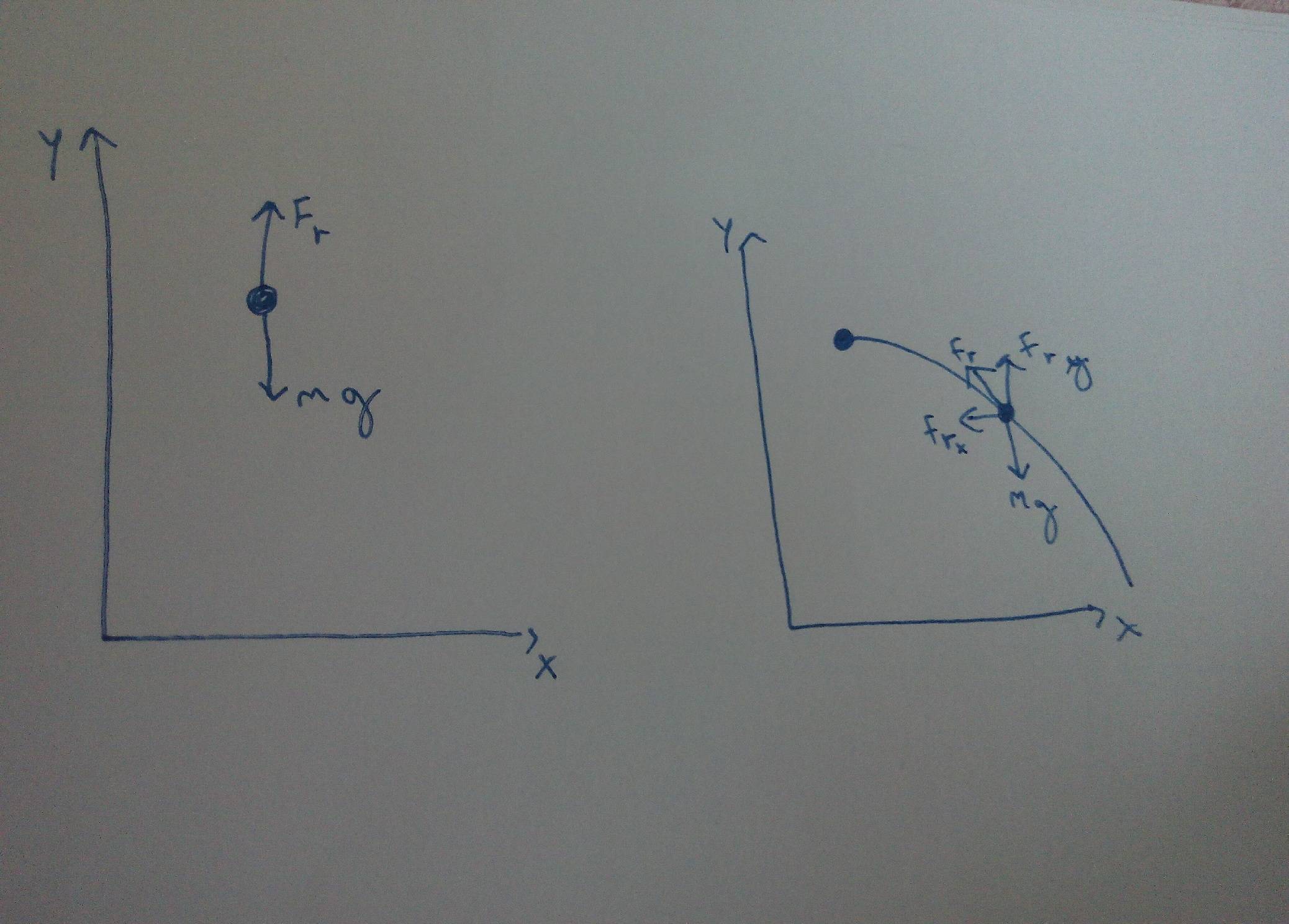If I let a stone drop from a certain height and throw a stone from a certain height, with air resistance, which will reach the ground first? When I draw a free body diagram the air resistance in the y axis for the throw is smaller in magnitude compared to the free fall, and yet it is the free fall that reaches the ground first. Why is that?
Bumped by Community user

